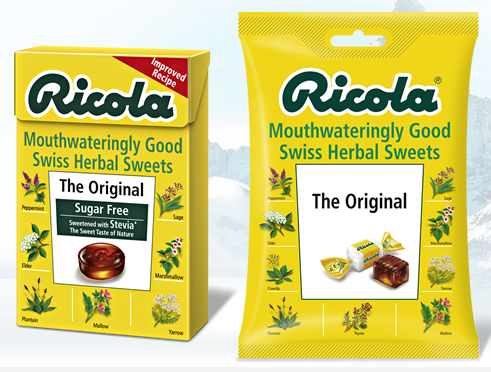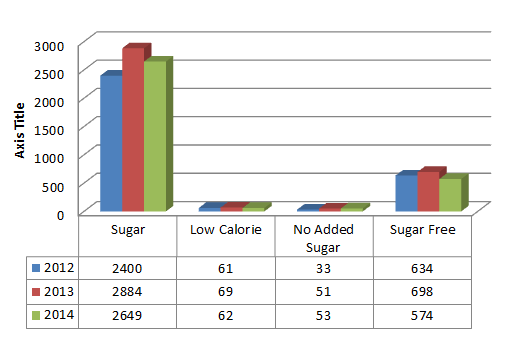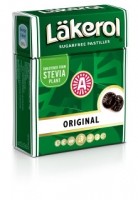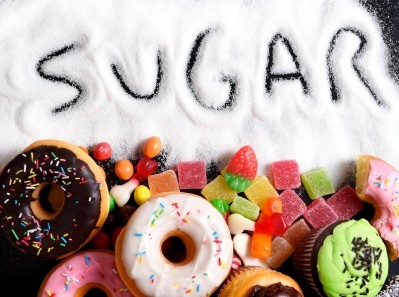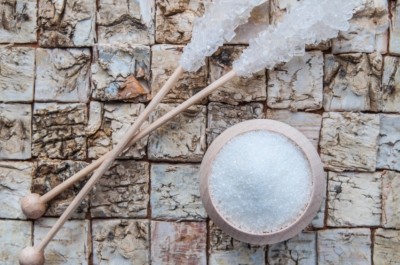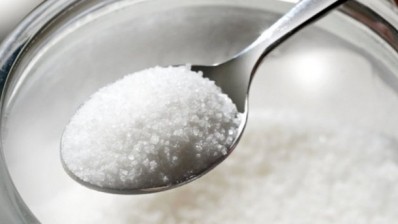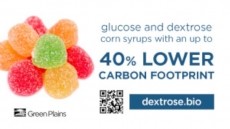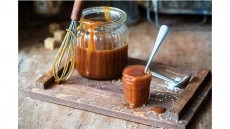Special edition: Cutting calories in confectionery
Reduced or no sugar SKUs help confectioners cut calories without risk
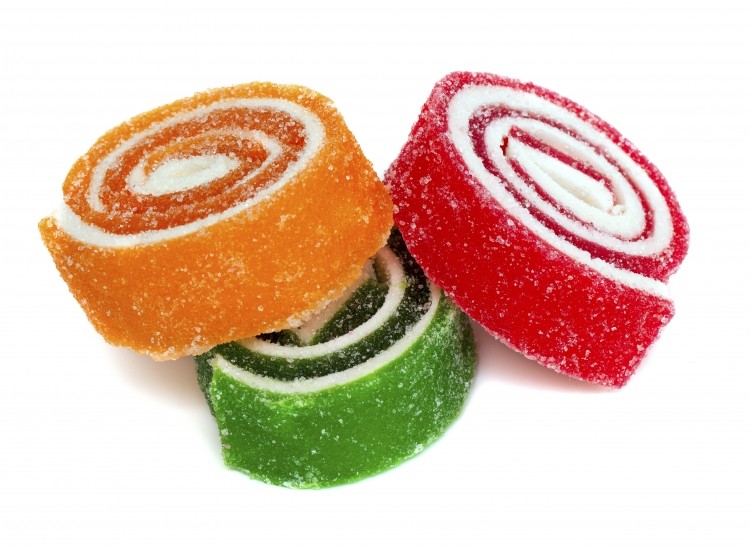
Cargill’s senior application specialist for sugar confectionery, Jan Delobel, told ConfectioneryNews that replacing sugar in full or in part with polyols was the simplest way to cut calories.
However, he said that this would inevitably change the taste and it was therefore better to launch the reformulated product as a brand extension and wait for it to grow before removing the sucrose-sweetened version.
“They perform just as well and sometimes better than the sugar based ones,” he said.
Reduced sugar SKU
The tactic has been employed by Ricola, which has a 30% reduced sugar candy to complement its traditional sucrose-sweetened hard candy.
According to market analysts Innova, there were 3,702 SKUs launched in non-chocolate confectionery in Europe in 2013, up 18% on the previous year.
Of the 2013 SKU launches, 22% made a low calorie, no added sugar or sugar free claim.
Under pressure to reduce sugar
Delobel said that pressure was building on sugar confectioners to reduce calories. “Retailers in England are asking manufacturers to reduce the amount of sugar,” he said.
Under the UK government’s Public Responsibility Deal, leading confectioners such as Mondelēz and Nestlé have signed up to a 250 kcal cap on single-serve confectionery items.
Calorie content in hard and soft candies varies widely. A 125 g bag of Beauty Sweeties for example is sweetened with sucrose and contains 333 kcal per 100g – that represents 17% of an adult woman’s recommended daily calorie intake under the UK Food Standards Agency’s guidelines.
Delobel said that the serving size for a single candy can sometimes be 2-5 g. “You can put your hand in the bag a few times and it’s empty. It adds very quickly to your intake of calories.”
Consider polyols
Candy manufacturers can reduce calories by replacing sucrose in part or in full, or by opting for a lower calorie gelling agent.
Delobel said the simplest way to reduce calories while sticking with sucrose was to partially replace sugar with polyols.
“Sucrose is not normally allowed together with polyols but if it has functionality it is allowed.”
Under EU regulations, polyols and sucrose can be combined in hard and soft candies if the product qualifies for a ‘reduced calories’ claim.
Reduced calorie but a different taste
Delobel said that a manufacturer could make a jelly with sugar and glucose, but replace the sugar coating with erythritol to realize a 30% sugar reduction - enough to meet the threshold for a reduced calorie claim.
Sugar contains 4 kcal per gram compared to 2.4 kcal for polyols, while erythritol is 0.2 kcal per gram.
“It would taste differently because erythritol has a cooling effect. It doesn’t mean it tastes worse – it could be considered a freshener for your mouth,” said Delobel.
The R&D specialist said that bulking agents would be required to compensate for the loss of sugar. He said isomalt was the preferred option for hard candies, while maltitol was best-suited for gums and jellies.
Stevia bandwagon
Cargill’s marketing manager for health and nutrition, Caroline Chabot, added that manufacturers were jumping on high intensity sweetener stevia.
For example, Cloetta recently launched a stevia-sweetened version of its throat lozenge brand Läkerol, which combines stevia, maltitol and sorbitol. Each 1-2 g pastille contains 2 kcal.
Perfetti Van Melle also added a new product line to its licorice brand Klene, which combines stevia and maltitol. The product features a stevia leaf front of pack.
Stevia contains no calories, but caloric bulking sweeteners are required. Manufacturers are not permitted to blend stevia with sucrose under EU regulations.
